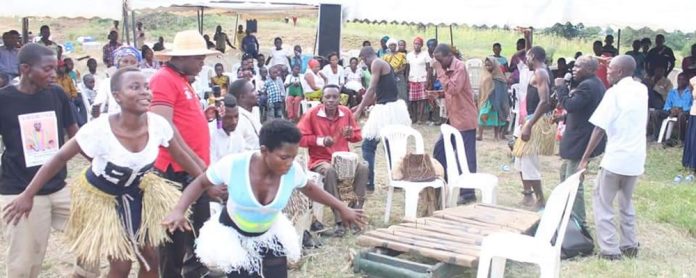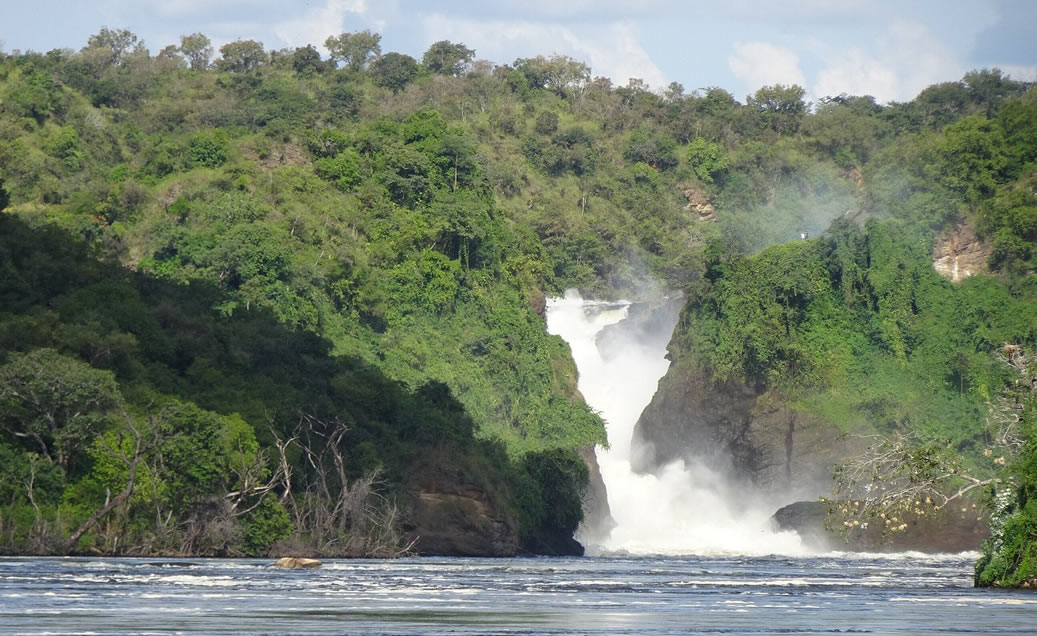The Bakonzo sometimes called Banandi is a group of the Bantu-speaking people living in the districts of Kasese, Bundibgyo, Bunyangabu, and the Eastern Democratic Republic of Congo.
Bakonzo mainly have two types of dances which are ceremonial.
Ekikibi Dance
This is the dance that I would call breaking of the chest and the back, it is for both men and women, it is majorly performed in functions that attract happiness say during marriage functions, and music competitions among others.
It involves dancing together of a man and a woman, it’s best attractive when performed by people who know how to break the back properly while standing on one and a half feet.
It has a specific drum beat (the medium or the biggest of all the drums) and then other more two which makes it attractive or possibly one may work in absence of others.
Omukumu Dance
This is the dance performed mainly during the closing out of a burial ceremony (erisesya ekiriro), it may take up to one week while dancing, and every day people go early to the home of the deceased to perfume this ritual.
This dancing has other many categories including, omukobo, eluma, amasinduka, amahande among others
Omukobo involves dancing while turning to the next neighbor as you keep rotating in a circle form as well as singing. There’s also the beating of three drums, xylophones, and other instruments.
Eluma evolves all the omukobo instruments with flute leading them all to compose different songs.
Mukumu dance is neither for women nor for uncircumcised men
Mukumu dance is not performed in every one’s burial but for men who went for circumcision in Bwamba, Bundibughyo district (elhusumba) and not performed for women.
This type of dance has a leader called “Kabira”, is the person who is in-charge of everything involved in the dancing process say if you are to dance with a neighbor then you start with him among other things.
In the early years of 1930’s and later, men would arrange and go to Bwamba (lhusumba) in Bundibugyo district for circumcision, this was one of the things to prepare for descent burial rituals and respect in public.
They would walk in the mountains of the Kasese district, through the upsides of Nyakigumba, Katebwa, and then to Bwamba for the Circumcision function and return later after recovering.
The function would be organized for those returnees’ recognition of being rightful men to stabilize in public.
During those times and up now, men who are not circumcised are not considered in public like normal ones, they can’t even be recognized to speak in public.










